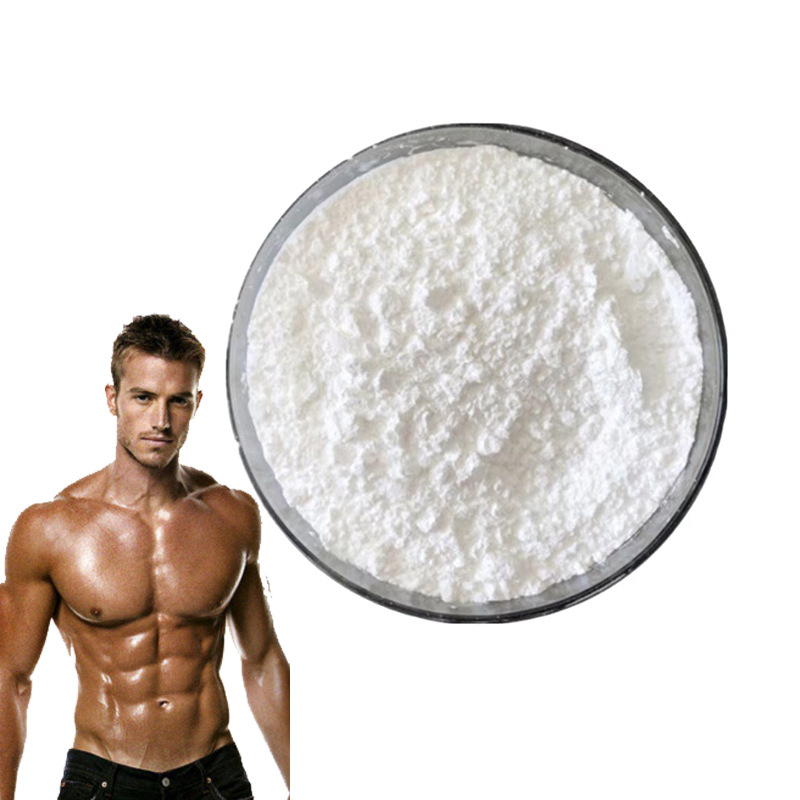What is TB-500?
TB-500 is a 43 amino acid synthetic analog of thymosin B-4 (TB-4), which occurs naturally in nearly all mammalian cells. TB-500 is known for its effects on actin, cell migration, and wound healing. Animal models and in vitro studies have shown that TB-500 can improve blood vessel growth, accelerate wound healing, reduce inflammation, and promote production of extracellular matrix. The peptide is currently being studied for its ability to reduce oxidative stress in spinal cord injuries, improve recovery after heart attacks, and have a variety of anti-aging effects.
TB-500 Mechanism of Action
TB-500 is the active domain of TB-4 and primarily acts as an actin-binding protein. Actin is an important component of cellular structure and makes up microfilaments. Microfilaments are responsible for giving cells their shape, protecting the integrity of cell membranes, allowing cells to move/migrate, and certain steps in cell reproduction. Actin is also one of the main components of muscle protein. Without actin, muscles cannot contract. Actin-binding proteins such as TB-4 sequester actin monomers (single units of actin), thereby protecting them from degradation and allowing them to polymerize into microfilaments when needed.

1.TB-500 and neurological function
Recent studies have shown that TB-500 can reduce oxidative stress after spinal cord injury and help transplanted neural stem/progenitor cells (NSPCs) survive long enough to enhance spinal cord regeneration.
These findings may make TB-500 and other TB-4 derivatives of great benefit in treating severe spinal cord injuries. TB-550 may provide important insights into spinal rehabilitation, allowing paralyzed people to regain use of affected body parts.
2. TB-500 and Blood Vessel Growth
TB-500 and TB-4 are potent stimulators of VEGF expression. VEGF is an important signaling molecule for capillary (small blood vessel) growth, which is essential for everything from wound healing to hair growth[4]. However, TB-500 is thought to work more complexly than that. Scientists speculate that the peptide may support multiple steps in the blood vessel growth process, including extracellular matrix remodeling, angiogenesis, vasculogenesis, and the transition from more primitive mesenchymal tissue to the specialized endothelial tissue lining blood vessels. This speculation is correct, as the absence of TB-4 has been shown to interfere with blood vessel growth and stability, while exogenous administration improves capillary formation and pericyte recruitment after injury.
3. TB-500 and Hair Growth
The discovery that TB-500 promotes hair growth was purely accidental. When mice with the gene-deficient TB-4 were shaved in laboratory experiments, the researchers found that their hair grew much more slowly than wild-type mice. When the scientists studied hair growth in mice that had been genetically modified to produce higher levels of TB-4, they found that these mice grew hair much faster than normal mice. Under a microscope, the mice had an increase in the number of hair shafts and follicles.
4. TB-500 works synergistically with antibiotics
5. TB-500 and Cardiovascular Health
Twenty years of research have shown that TB-4 and its derivatives have a variety of beneficial effects on the cardiovascular and renal systems. However, the specific mechanisms of these positive effects are unclear. Studies have shown that these benefits are actually due to several mechanisms. First, TB-500 promotes the growth of collateral vessels, which can be used both for prevention and restoration of function after disease. Second, TB-500 promotes endothelial cell migration and myocyte survival after a heart attack. Finally, TB-500 appears to work synergistically with other natural signaling molecules to reduce inflammation and reduce fibrosis (scar formation).
Recently, studies on hydrogels containing a combination of collagen and TB-4 showed that the peptide promoted angiogenesis and epicardial heart cell migration, thereby improving recovery rates after ischemia and helping to prevent long-term complications by reducing scarring.
6.TB-500 and Neurodegenerative Diseases
The search for treatments for neurodegenerative diseases such as Alzheimer's and leukemia has been slow. A recent study on the effects of TB-4 on the immune system's ability to process leukemia proteins showed that the peptide enhances autophagy!. Autophagy is the central nervous system's primary protective mechanism against neurodegenerative diseases. TB-4's ability to enhance this natural immunity is the first step in a long time of progress toward truly treating these debilitating diseases.
7.TB-500 has a wide range of applications
TB-500 exhibits minimal side effects, low oral, and excellent subcutaneous bioavailability in mice. The mouse per kg dose is not applicable to humans. TB-500 sold by Peptide Sciences is for educational and scientific research purposes only and is not for human consumption. Only licensed researchers may purchase TB-500.














